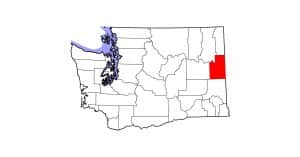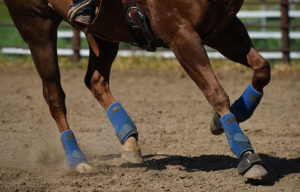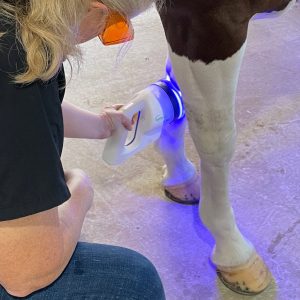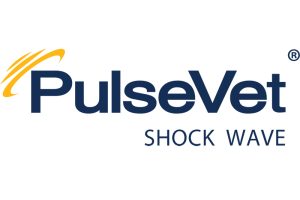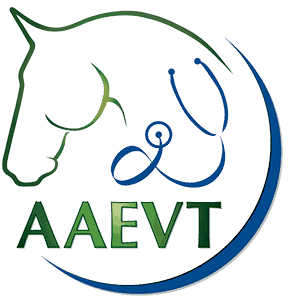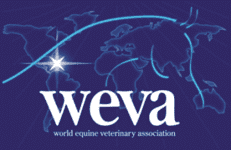Best Practices for Equine Rescues
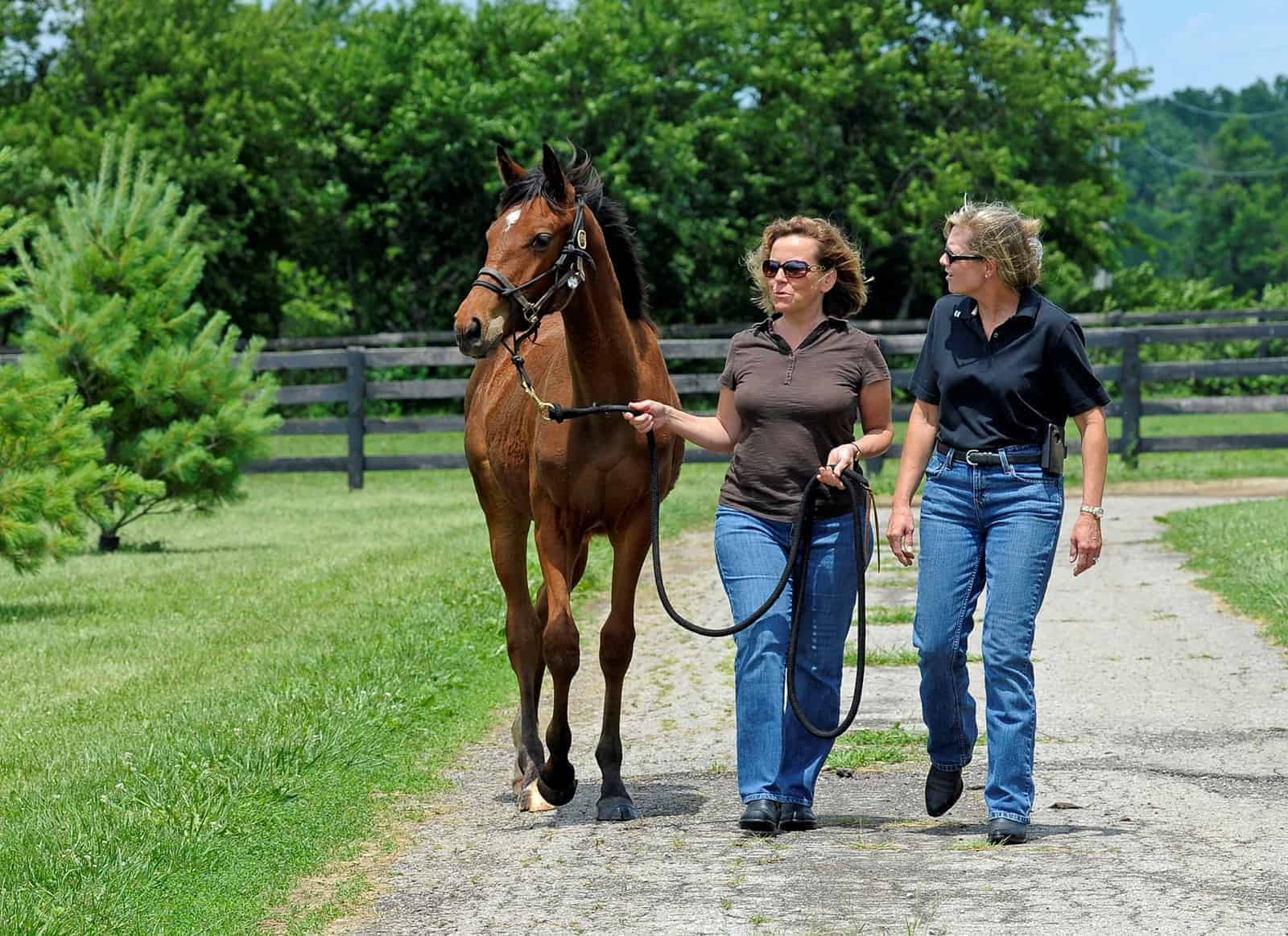
Williams described for a veterinary audience at the 2016 American Association of Equine Practitioners (AAEP), held Dec. 3-7 in Orlando, Florida, best practices for equine rescues and how veterinarians can help facilities maintain them.
Over the past 10 years, said Williams, the number of equine rescues—ranging from well-run tax-exempt organizations to private family farms—has risen.
“Unfortunately, some rescuers do not utilize best practices for rescue and equine care, and they end up becoming part of the problem,” she said. “Veterinarians can help alleviate the suffering inadvertently caused by well-meaning rescuers by working with these organizations to ensure they follow good equine husbandry and nonprofit management guidelines
Create a free account with TheHorse.com to view this content.
TheHorse.com is home to thousands of free articles about horse health care. In order to access some of our exclusive free content, you must be signed into TheHorse.com.
Start your free account today!
Already have an account?
and continue reading.

Written by:
Alexandra Beckstett
Related Articles
Stay on top of the most recent Horse Health news with


